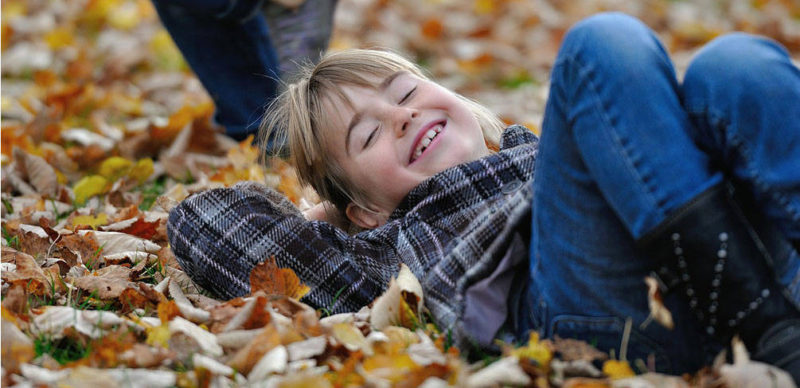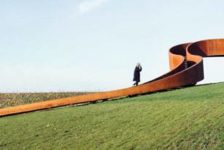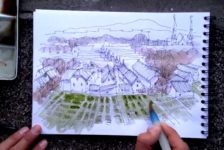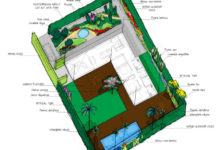Sjövikstorget Square, by Andersson Thorbjörn with Sweco architects, Stockholm, Sweden Just as we sometimes feel the need to retreat, we also occasionally feel the need for expansive freedom. With dwellings and neighborhoods becoming more and more constricted, such spaciousness is becoming a rarity. But we can learn from centuries of Japanese gardening masters that space can be “borrowed”.

Sjövikstorget Square, by Andersson Thorbjörn with Sweco architects, Stockholm, Sweden
Concept of the Sjövikstorget Square
The idea of borrowing a backdrop from surrounding scenery is known in Japanese as “shakkei”. Shakkei refers to the exploitation of scenery external to a garden’s physical boundaries, either immediately outside or at a distance, for the purposes of visually enlarging the garden’s scale and enhancing its aesthetic appeal. Based upon this concept, Sjövikstorget Square in Stockholm, Sweden, is designed in such a way that the views toward water and the distant surrounding landscape appear to be a part of the square.

Sjövikstorget Square, by Andersson Thorbjörn with Sweco architects, Stockholm, Sweden
- Enshaku: distant borrowing
- Rinshaku: borrowing features from a neighboring property
- Fushaku: borrowing from the terrain
- Gyishaku: borrowing from the weather (i.e. sun, wind, and water)
One of the most beautiful cities in Europe, Sweden’s capital city spreads out over 14 hilly, convex islands in Lake Mälaren and looks out proudly to the Baltic Sea to the east. Situated on the Årstadal quay, the framework plan for this project encompasses two recreational lawns, promenades, boardwalks, tree groves, and a dock.

Sjövikstorget Square, by Andersson Thorbjörn with Sweco architects, Stockholm, Sweden
Geographical Attributes of Sjövikstorget Square(Fushaku Technique)
With the site being convex in shape, it naturally impels outward motion toward the water and to more distant views, and so does the concept for the square. To accentuate this effect, the trianglur “square” is sloped at 3 percent from its flat surface toward the primary view. The slope of the two lawns rises gradually from the ground plane in an opposite direction to the slope of the plaza, making its visual aspect more prominent. These two lawns serve as an area for playing, relaxing, and picnicking, bounded by broad granite edges for seating. At their south end, the edges are depressed and tapered for easy access by people with mobility issues, so that they too can enjoy the qualities of a well-designed public open space. Related articles:
- Top 10 Public Squares of the World
- Plaza Design Turns Dead Space into a Vibrant Living room at Stadlaounge in Switzerland
- Revitalizing London’s Finsbury Avenue Square

Sjövikstorget Square, by Andersson Thorbjörn with Sweco architects, Stockholm, Sweden

Sjövikstorget Square, by Andersson Thorbjörn with Sweco architects, Stockholm, Sweden

Sjövikstorget Square, by Andersson Thorbjörn with Sweco architects, Stockholm, Sweden

Sjövikstorget Square, by Andersson Thorbjörn with Sweco architects, Stockholm, Sweden
- Urban Design by Alex Krieger
- The Urban Design Handbook: Techniques and Working Methods (Second Edition) by Urban Design Associates
Article by Farah Afza. Return to Homepage
Published in Blog







